Spotting a wiry silver hair can be a rude awakening for those of us who aren't George Clooney. Especially at the tender age of 23. But if you've spotted a gray strand before your 30th birthday, don't panic. (Or pluck!) HuffPost spoke to a few experts to find out why some men go gray early and if there's anything you can do to slow it down.
1. Your hair turns gray when color-producing cells stop producing pigment.
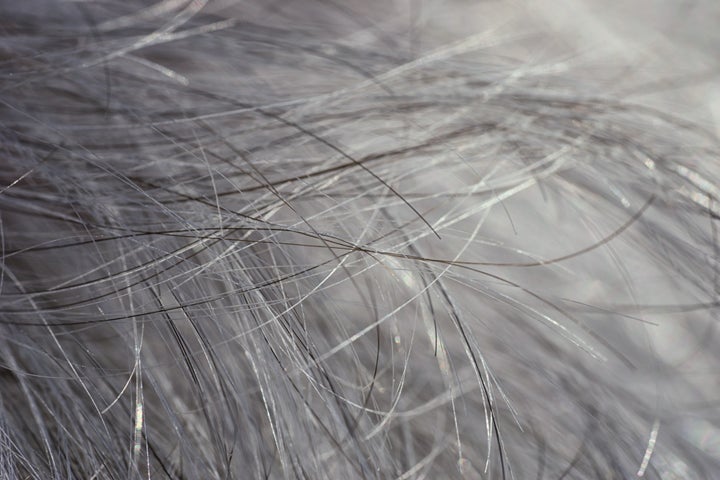
When your body stops producing melanin, a pigment found in the hair follicle, your hair goes gray, explains Dr. Eric Schweiger, a New York dermatologist and founder of Schweiger Dermatology Group.
Another factor that may contribute to gray hair is the buildup of hydrogen peroxide in the hair, he says. As you grow older, the enzyme catalase that breaks down hydrogen peroxide diminishes. This leaves your hair bleached by hydrogen peroxide.
2. Premature graying is largely linked to genetics.
Premature graying is all in the genes. In other words, if your parents and grandparents went gray early, you probably will too. "When we are born our bodies are already programmed with the information to begin the process," says Dr. Michael Eidelman, Medical Director of Chelsea Skin & Laser and Assistant Professor of Dermatology at Icahn School of Medicine at Mount Sinai.
This explains why some people go gray as early as age 20, while others don't see their first silver strand until they're 50. Eidelman says genetics not only play an important role in the onset of gray hair, but they also determine its progress, intensity and gray, silver or white color.
3. Ethnicity and gender play a role in going gray, too.
Caucasians begin to gray in their mid-30's, Asians in their late 30's and African Americans in their 40's, according to a 2011 research analysis published in The Dermatologist.
"On average, 50 percent of the population will have 50 percent gray hair by the age of 50," says Eidelman. Gender seems to play a role as well: Men start graying closer to 30, while women begin to notice gray hairs around 35, Schweiger notes.
4. In rare cases, going gray may present itself as a medical condition.

Going gray is a natural process and only in rare circumstances should it raise a red flag, says Eidelman. Medically speaking, going gray could potentially be associated with a vitamin B-12 deficiency, anemia, vitiligo or issues with the pituitary or thyroid gland.
5. Smoking can increase your odds of getting gray hair.
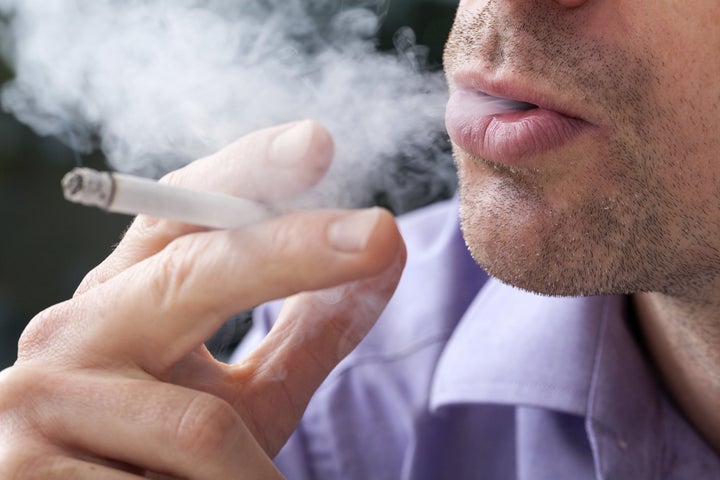
Studies have shown a significant correlation between smoking and the onset of gray hair before age 30. A 2010 study published in the National Center for Biotechnology Information found that smokers are two and half times more likely to develop premature gray hair than non-smokers.
Not only has smoking been linked to premature gray hair, but also to baldness. The chemicals in smoke can break down the hair cells and damage hair, according to The New York Times.
6. Stress may or may not have a negative effect on your hair.
There is no clear evidence that daily stress or life trauma cause premature graying, according to Scientific American. But Schweiger says stress hormones may affect the melanocytes (melanin-producing cells) in the hair, urging gray growth.
"No one turns gray overnight, but stress can cause you to shed hairs more quickly," Eidelman clarifies. "That said, it's unlikely that only the dark ones fall out preferentially."
7. Gray hair does not signify a shorter life span.
Good news, silver foxes: Schweiger and Eidelman both agree that early onset gray hair does not mean a shorter life span. There is simply no clinical evidence to show graying affects longevity, or is any indication of life expectancy.
A 1998 Danish study spanning 20,000 men and women, published in The Journals of Gerontology and cited by The New York Times, "found no correlation between the mortality and the extent of graying of the hair or baldness ... in either of the sexes, irrespective of age."
8. Typically, body hair grays later than hair on the scalp.
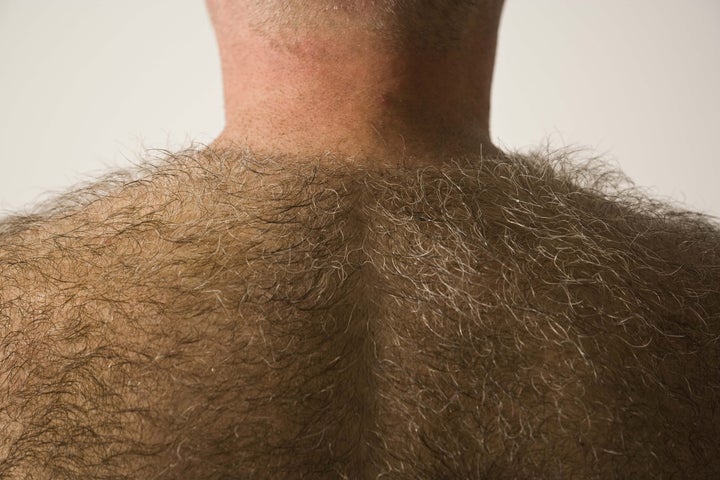
The hairs of the body, nose, face, chest and pubic area gray at a different rate than the scalp. In the majority of people, body hair usually occurs later, if at all, according to Eidelman and Medline.
9. There is no proven way to reverse gray hair.
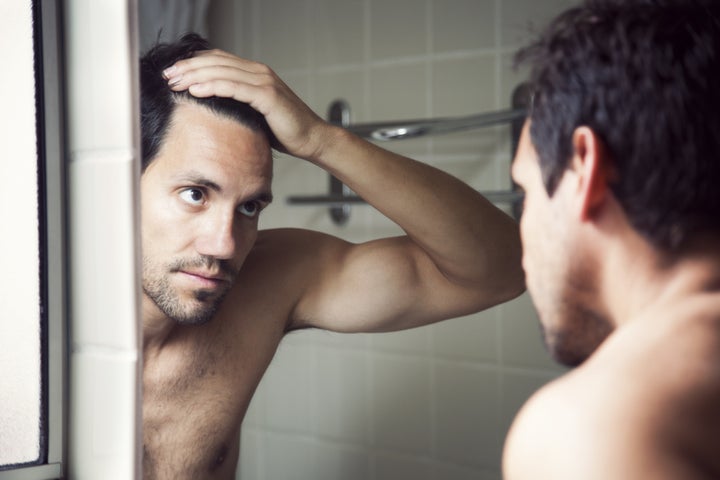
There is no scientific evidence to show that tonics, lotions, potions, creams, scalp massage or vitamins prevent graying, says Eidelman. He adds, however, that your body can reverse gray hair if you have a rare case of an illness that triggered the gray.
“For example, some people get a temporary hair loss condition called alopecia areata and when the hair grows in, at first it may grow in white until the hair pigment cells catch up with the growth of the new hair,” he says.
10. To conceal gray hair, dyeing is the best option.
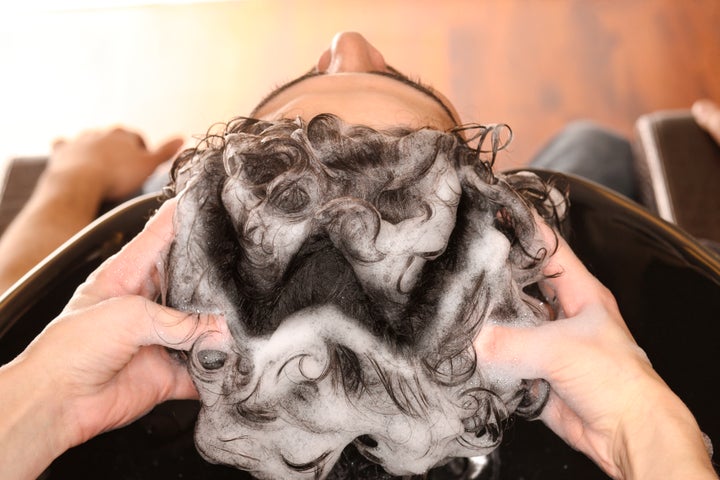
For those who want to cover up their silver strands, Schweiger says hair dye is the best option.
Eidelman points out that dyeing might not be the most natural look for men because with short hair, the roots will show very quickly and too many touch-ups can leave the hair dry and varying in color. He recommends asking a hair stylist for a look with low-lights or highlights to camouflage the gray.
11. For gray hair, use a moisture rich shampoo and conditioner.
As the hair grays, its texture changes and can become coarser, drier and more brittle. Eidelman recommends using a moisture rich shampoo and conditioner to help hydrate the hair.
He also suggests not using a blow dryer, not shampooing every day and using a light texture cream or pomade to style graying hair.
Also on HuffPost:
You may also like ...
